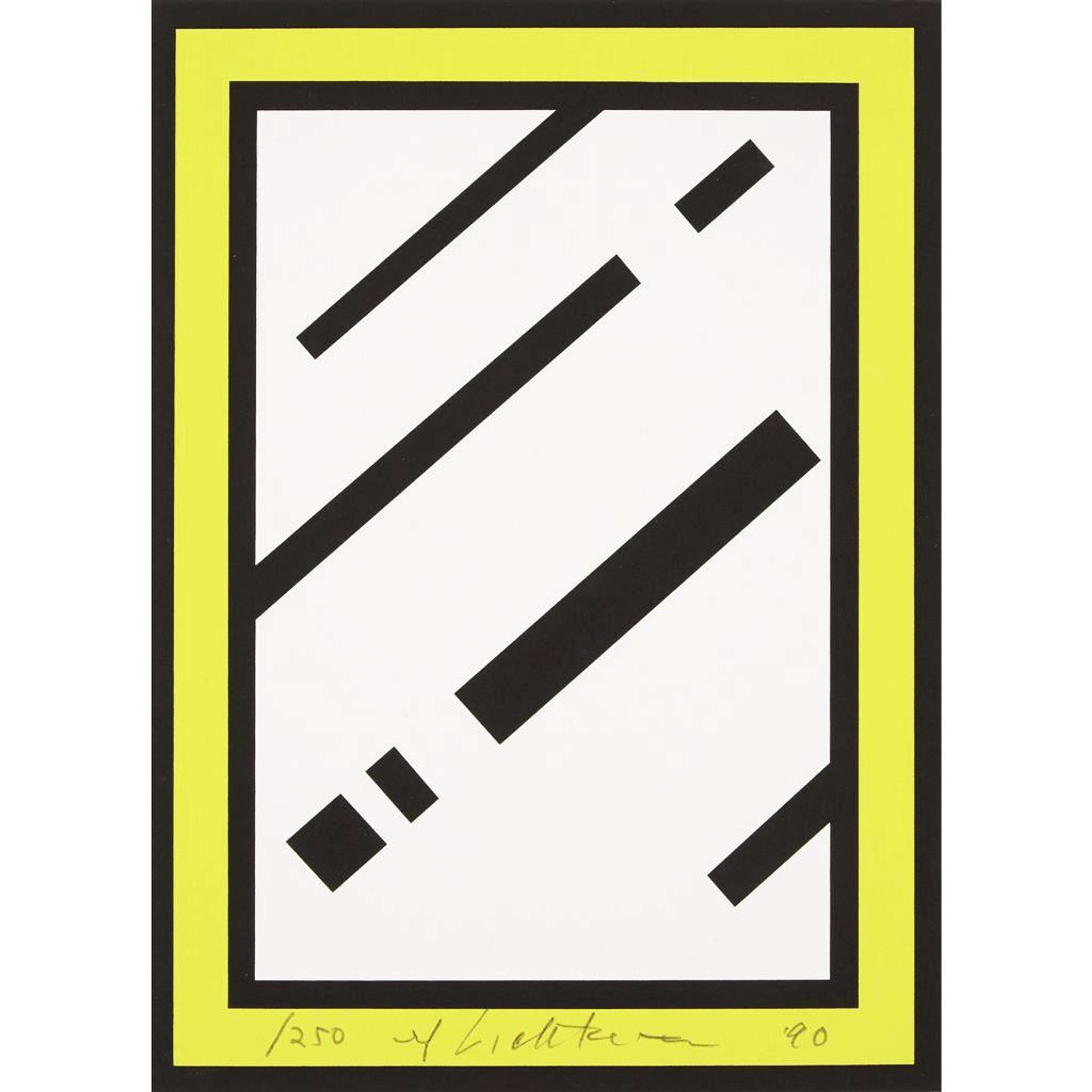
Mirror

Mirror
Signed Print
Roy Lichtenstein
£4,950-£7,500
$10,000-$15,000 Value Indicator
$9,000-$14,000 Value Indicator
¥50,000-¥70,000 Value Indicator
€5,500-€8,500 Value Indicator
$50,000-$80,000 Value Indicator
¥990,000-¥1,490,000 Value Indicator
$6,500-$10,000 Value Indicator
There aren't enough data points on this work for a comprehensive result. Please speak to a specialist by making an enquiry.
25 x 18cm, Edition of 250, Screenprint
Auction Results

Track auction value trend
Meaning & Analysis
Roy Lichtenstein launched his abstracted Mirror series in the late 1960s, concluding the sequence in the early 1990s. His Mirrors examine the symbolic implications of mirrors in art and mythology. Historically, mirrors have been used to reveal the hidden and the unconscious. Lichtenstein’s Mirrors honour the traditions of object painting by keeping the physical appearance of the motif intact. However, the artist removes the object’s most necessary function, as well as its symbolic purpose.
Situated on a stark white background, Mirror of 1990 is the most figurative depiction of the sequence. The print presents slanted black lines, enveloped in a thick yellow rectangular frame. These monochrome streaks within the rectangle allude to the reflective attributes of glass. In line with the other Mirror prints, the subject matter here is presented frontally, displaying the complete absence of reflections. Even if the object is depicted legibly, Mirror is a misrepresentation, disguised as an exemplification of a mirror.
Over the course of his career, Lichtenstein embarked on several other series dealing with vision and representation. His Water Liliesand Reflections, for instance, explore various perceptions of light and reflection. Meanwhile, Lichtenstein’s Entablatures delve further into object painting, reproducing enlarged architectural fragments as their main composition.